Shopify vs Amazon FBA: Which Platform is Right for Your Business?
You’re holding it in your hands, or at least in your mind's eye: the product. The one you know people will love. The excitement is tangible, a powerful current of "what if?" But that energy soon meets a monumental, pragmatic question that can define your entire future: Where do I actually sell this thing?
In the vast and noisy landscape of e-commerce, two titans stand tall, casting long shadows over all others: Shopify and Amazon FBA. This isn’t a simple choice between two software options. It’s a fundamental decision about the very soul and trajectory of your business. Are you an architect, driven to build a unique brand kingdom from the ground up, brick by digital brick? Or are you a prospector, ready to plug into the world's richest gold rush for a chance at immediate fortune?
Let's dissect this critical choice, not as a technical manual, but as a strategic guide to help you build the business you've been dreaming of on a foundation that’s built to last.
What is Shopify?
Think of Shopify as being handed the deed to your own plot of digital land. It’s a powerful, comprehensive platform that provides the tools, the framework, and the freedom to build your online store exactly as you envision it. With Shopify, you are the sovereign of your own domain.
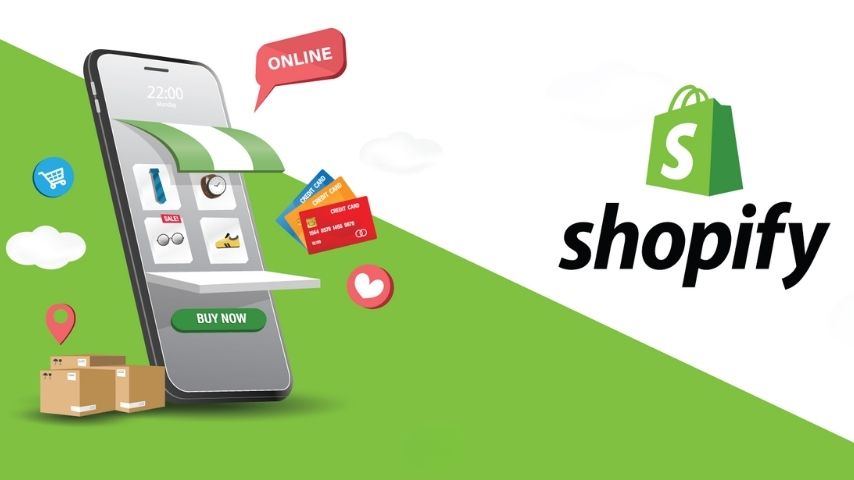
You are the architect choosing the blueprint (your website theme), the interior designer curating the customer experience, and the gracious host who knows every customer by name (because you own all your customer data). Your custom domain isn't just a web address; it's your digital storefront on a street you're building. From the typography on your "About Us" page to the targeted marketing emails you send after a sale, every single element is an opportunity to express your brand's unique identity. Shopify is the canvas for entrepreneurs who see their business not just as a way to sell products, but as a legacy to be built.
What is Amazon FBA?
Now, imagine an entirely different universe. Instead of building your own store, you’re given a key to a premium, high-tech kiosk inside the world’s most colossal, bustling shopping mall—a mall where millions of people are already swarming the aisles, credit cards in hand. That, in essence, is Amazon FBA (Fulfillment by Amazon).
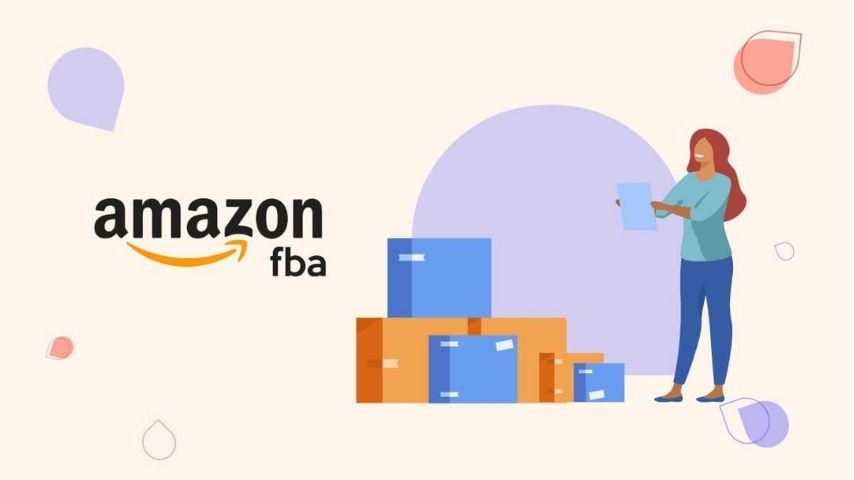
FBA is not a brand-building tool; it’s a hyper-efficient sales and logistics machine. Your job isn’t to build the destination, but to have the most appealing product in the busiest aisle. You send your inventory in bulk to Amazon’s technologically advanced fulfillment centers, where it enters a river of products managed by robotics and a network that rivals a military’s in its precision. The moment a customer clicks "Add to Cart," Amazon’s legion takes over—picking, packing, shipping in their signature boxes, and handling the complex web of customer service and returns. You are essentially outsourcing the entire operational backend of e-commerce to the undisputed master of it.
Shopify vs Amazon FBA: Key Differences Explained
This isn't just about features; it’s about a fundamental trade-off between control and convenience, between asset building and transaction velocity.
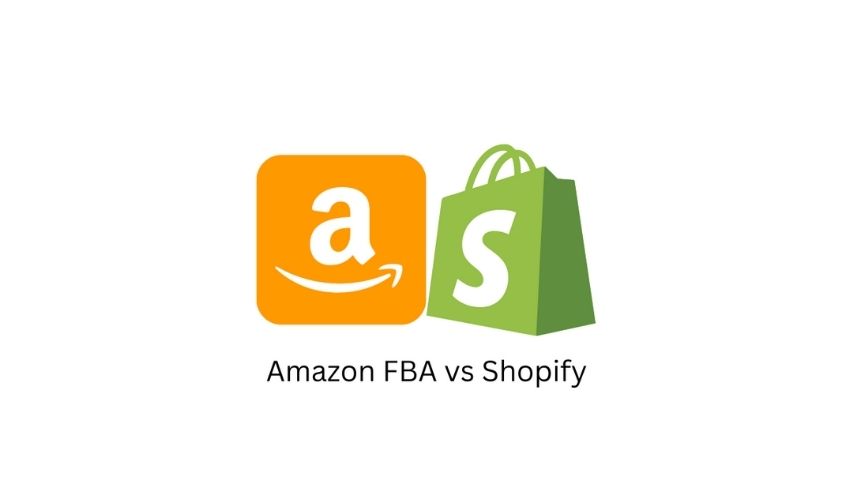
Brand Experience vs. Product Listing:
On Shopify, your brand is the hero. Your website is an immersive world you create. Customers don't just see a product; they experience your vision.
On Amazon, the Amazon brand is the hero. Your product is a guest, displayed on a uniform, cookie-cutter page template, often surrounded by direct competitors and "Customers also bought" suggestions that can lead buyers away from you in a single click.
Customer Ownership vs. Customer Access:
Shopify gives you the keys to the kingdom: your customer list. You have their email addresses, purchase history, and the invaluable opportunity to build a community, foster loyalty, and market to them for life, dramatically increasing customer lifetime value (LTV).
With Amazon, you are serving Amazon's customers. You are effectively renting access to them for a single transaction. You have no direct line of communication, making it nearly impossible to build a loyal following or a direct marketing channel away from the platform.
Traffic Generation vs. Traffic Integration:
With Shopify, you begin at zero. You are the marketer-in-chief, responsible for driving every single visitor through SEO, content marketing, social media campaigns, and paid advertising. It’s a slow, challenging, but ultimately rewarding climb.
With Amazon, you tap into a built-in torrent of traffic. You don’t have to convince people to visit the site; you just have to convince them to choose your product from the dozens of options in front of them, primarily through keyword optimization, competitive pricing, and glowing reviews.
Autonomy vs. Dependency:
On Shopify, you are the captain of your own ship. You set the rules, you choose your tools, and your success or failure is entirely in your hands.
On Amazon, you are a first-class passenger on a massive cruise ship. The ride is smooth and powerful, but the captain can change course at any moment, raise ticket prices, or even kick you off the ship for violating one of their countless, ever-changing rules. Your business is fundamentally dependent on their platform.
Pros and Cons of Selling on Shopify
The Rewards:
Create a Valuable Asset: A successful Shopify store with a strong brand and loyal customer base is a saleable business asset, whose value far exceeds the sum of its inventory.
Uncapped Profit Potential: You control your pricing and aren't subject to the mandatory 15%+ referral fees on every sale, meaning your profit margins are inherently higher.
The Power of Connection: Build a true community around your brand. Segment your email list for personalized marketing, run flash sales for your VIPs, and turn customers into advocates.
Complete Creative Freedom: With thousands of apps and deep code-level access, you can build a highly customized, unique experience that perfectly matches your product and brand.
The Hurdles:
The Lonely Launch: The "if you build it, they will come" mantra is a myth. You'll start with an empty store and a traffic meter at zero. The marketing mountain can feel immense.
The Reality of Fulfillment: Your garage can quickly become a mini-warehouse, your evenings filled with packing tape and printing labels, and the local post office clerk knows you by your first name. You must manage this yourself or find and pay for a 3rd party logistics (3PL) partner.
Pros and Cons of Selling on Amazon FBA
The Allure:
The Psychology of Prime: You gain access to millions of Prime members who shop with an "I want it tomorrow" mentality and an inherent trust that makes them convert at incredibly high rates.
Outsourced Complexity: FBA is a near-magical solution for the hardest parts of e-commerce. You can run a multi-million dollar physical product business from a laptop anywhere in the world.
Borrowed Credibility: The simple "Fulfilled by Amazon" badge does years of trust-building for you in an instant. Customers don't have to vet you; they just have to trust Amazon, which they already do.
Market Validation on Steroids: There is no faster way to find out if people will actually pay money for your product than to put it in front of Amazon's massive audience.
The Pitfalls:
Profit-Eating Fees: The math can be brutal. Between referral fees, FBA fulfillment fees, monthly storage fees, long-term storage penalties, advertising costs, and more, a significant portion of your revenue goes directly to Amazon.
Cut-throat Competition: You're not just competing on quality, but on price, keyword ranking, and review manipulation against sellers from all over the world who are willing to operate on razor-thin margins.
Life in the Golden Cage: You're a number in a vast system. Your ability to build a memorable brand is severely restricted, and you are always at the mercy of algorithm changes and policy updates that can crush your business overnight without recourse.
Shopify or Amazon FBA: Which Is Right for Your Business?
The best choice hinges on your personal goals, your tolerance for risk, and the kind of business you want to be running in five years.
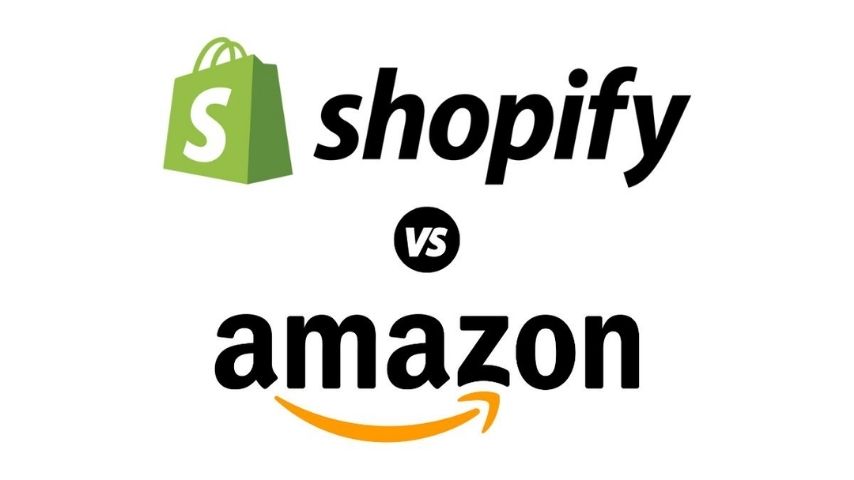
Choose Shopify if you are a Brand Builder, a Storyteller, an Artisan. Your vision is long-term. You want to cultivate a loyal tribe, control your destiny, and build an independent asset. You are willing to trade immediate sales for the greater reward of building something that is 100% yours. Your focus is on customer lifetime value.
Choose Amazon FBA if you are a Velocity Seller, a Data Analyst, a Market Opportunist. Your vision is centered on sales volume, cash flow, and market efficiency. You want to test ideas fast, move products at scale, and let someone else handle the operational mess. You are willing to trade brand control and profit margin for the immense power of Amazon's traffic and logistics. Your focus is on transactional speed.
Can You Use Shopify and Amazon FBA Together?
Yes, and this is where the savviest entrepreneurs live. Adopting a hybrid strategy is the ultimate power move, allowing you to harness the strengths of both platforms.
The model is called Amazon Multi-Channel Fulfillment (MCF). Here’s how this beautiful synergy works:
- You build your empire's headquarters on Shopify—your stunning, branded website where you capture customer data and tell your story.
- In the background, you use Amazon’s FBA network as your silent, invisible fulfillment partner.
- A customer discovers and falls in love with your brand on your Shopify site. They place an order.
- That order is automatically sent to an Amazon fulfillment center, where they pick, pack, and ship it directly to your customer.
The customer gets a beautiful brand experience from your site, combined with the fast, reliable shipping they associate with Amazon Prime. You get brand control, customer data, and world-class logistics. It’s the graduate-level strategy for scaling a resilient e-commerce business.
Final Thoughts
The Shopify vs. Amazon FBA debate is not about finding a single winner. It’s about understanding that they are different vehicles for different journeys. One is the bespoke toolkit for constructing a legacy brand from scratch. The other is a high-octane rocket ship designed for immediate market penetration.
Many entrepreneurs wisely use both, often starting on Amazon to validate a product and generate cash flow, then "graduating" to Shopify to build the long-term brand asset. Others know their mission is brand-first and start with Shopify from day one. There is no wrong path, only the path that is wrong for you.
Look inward at your resources, your temperament, and your ultimate vision. What kind of business do you truly want to build? Once you answer that question with clarity, your platform choice will become self-evident.
If you’re planning to build or upgrade your online store, don’t miss the Ecommerce Platform category. It’s filled with insights to help you pick the right platform with confidence.



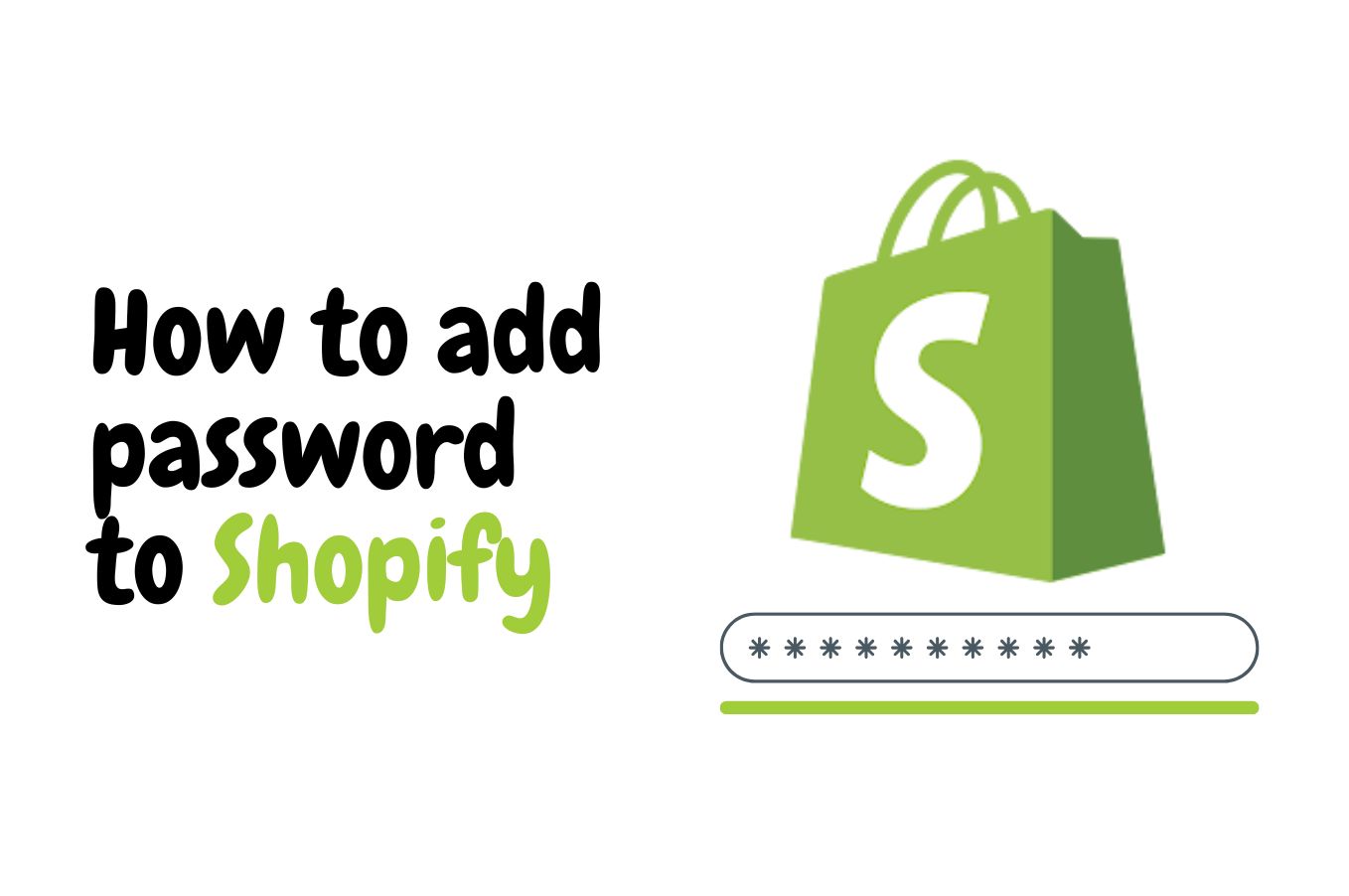
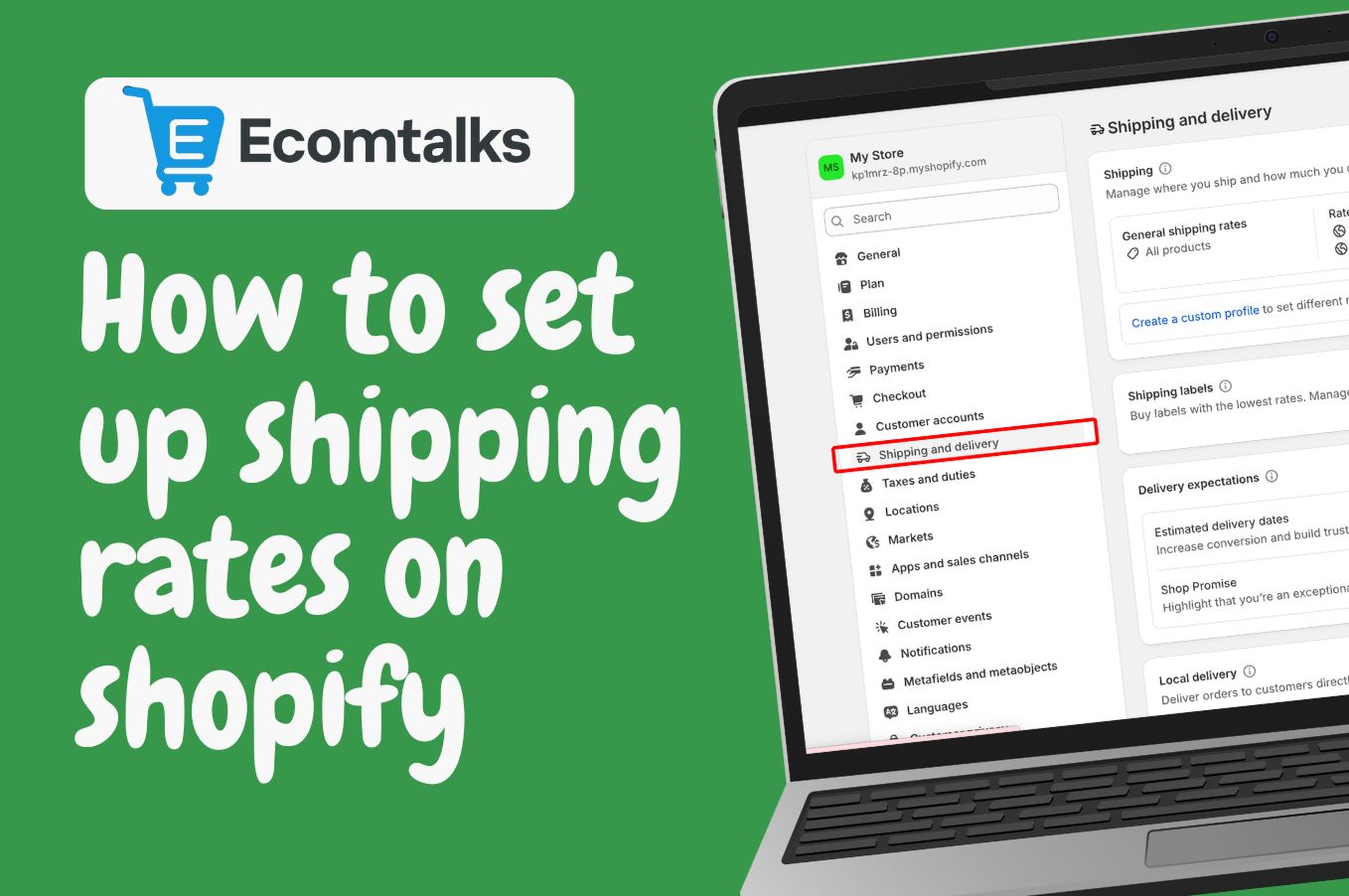
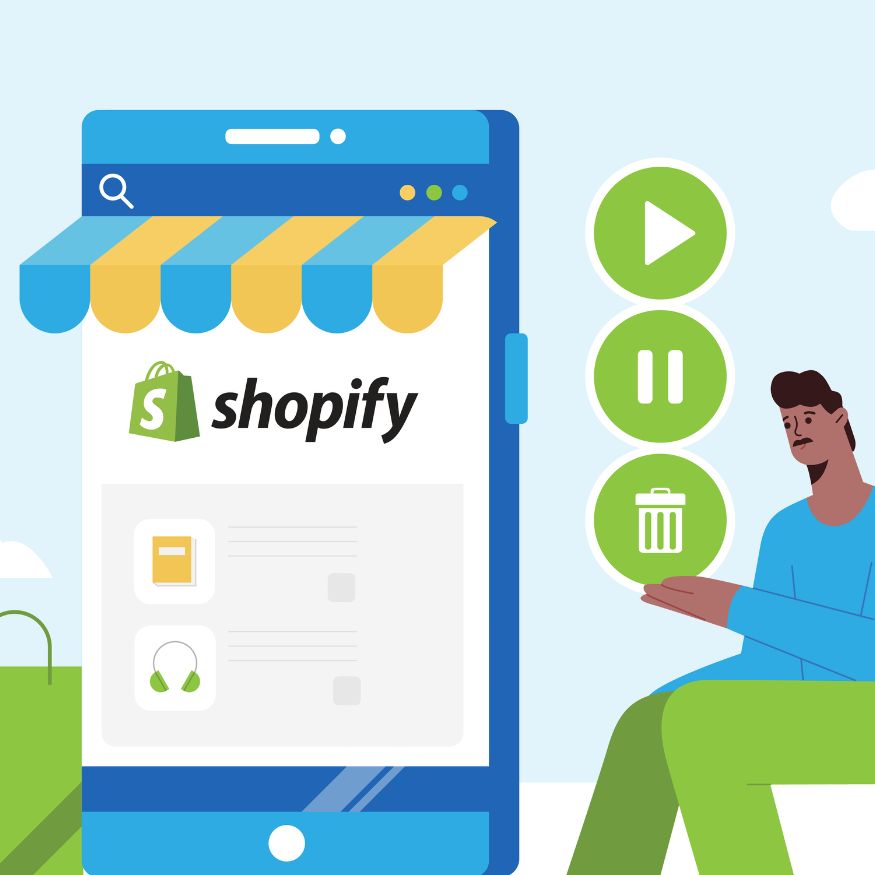
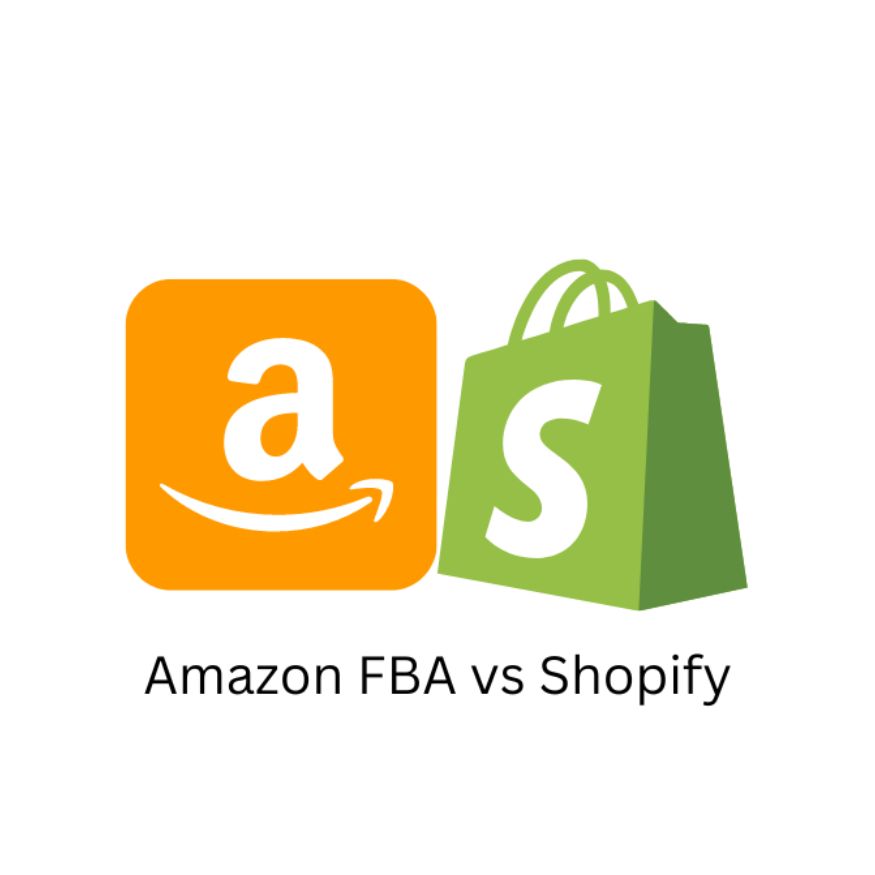
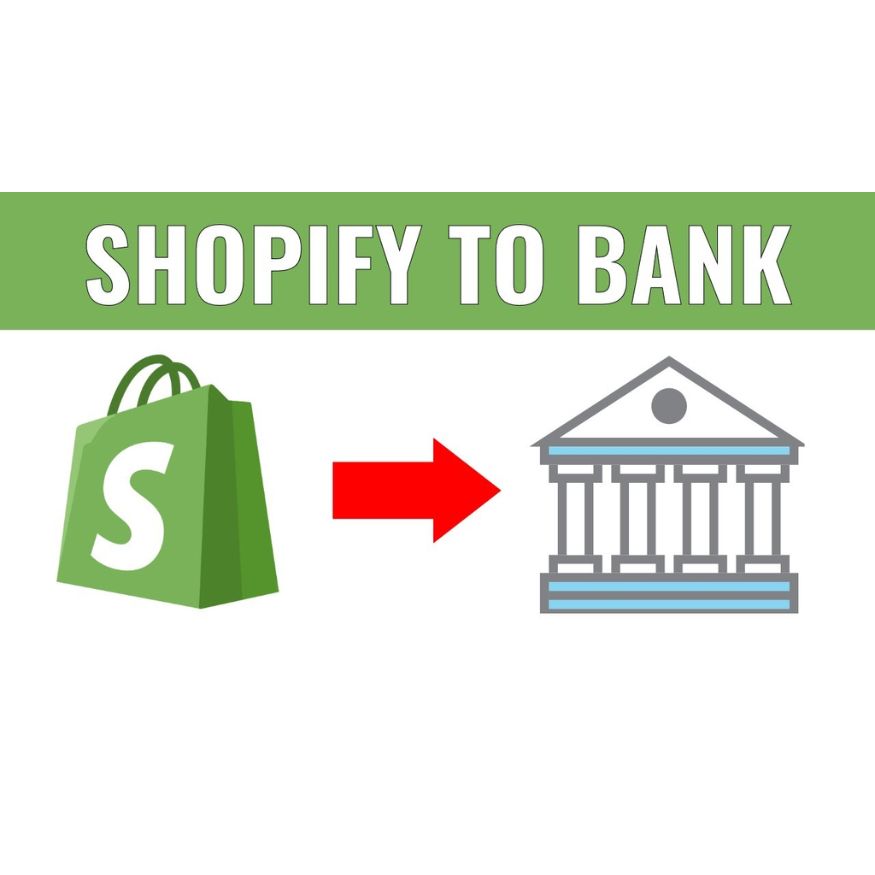
.jpg)
.jpg)